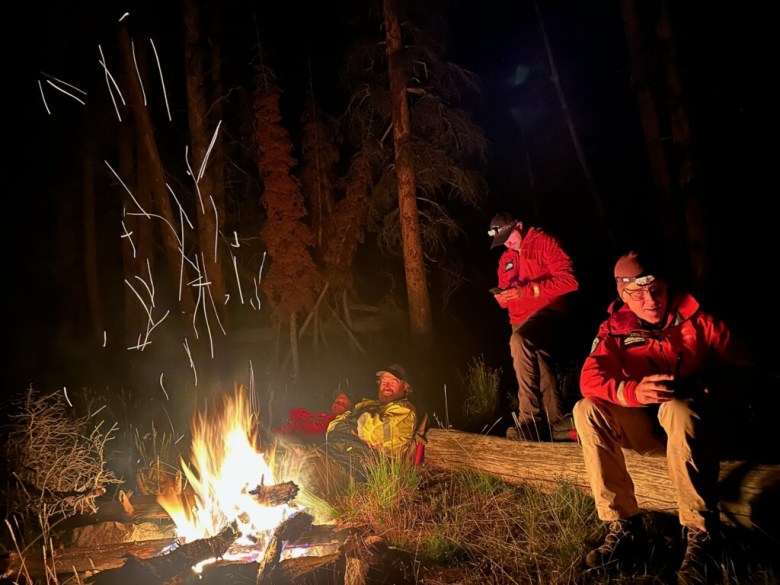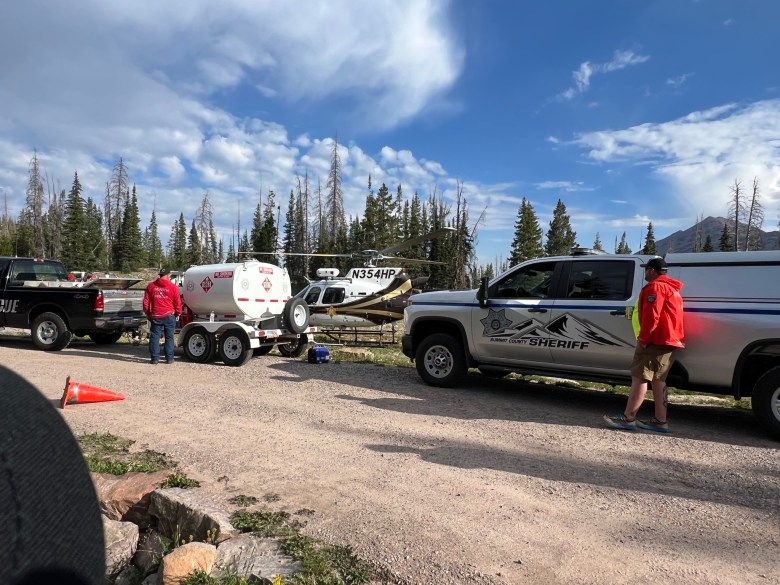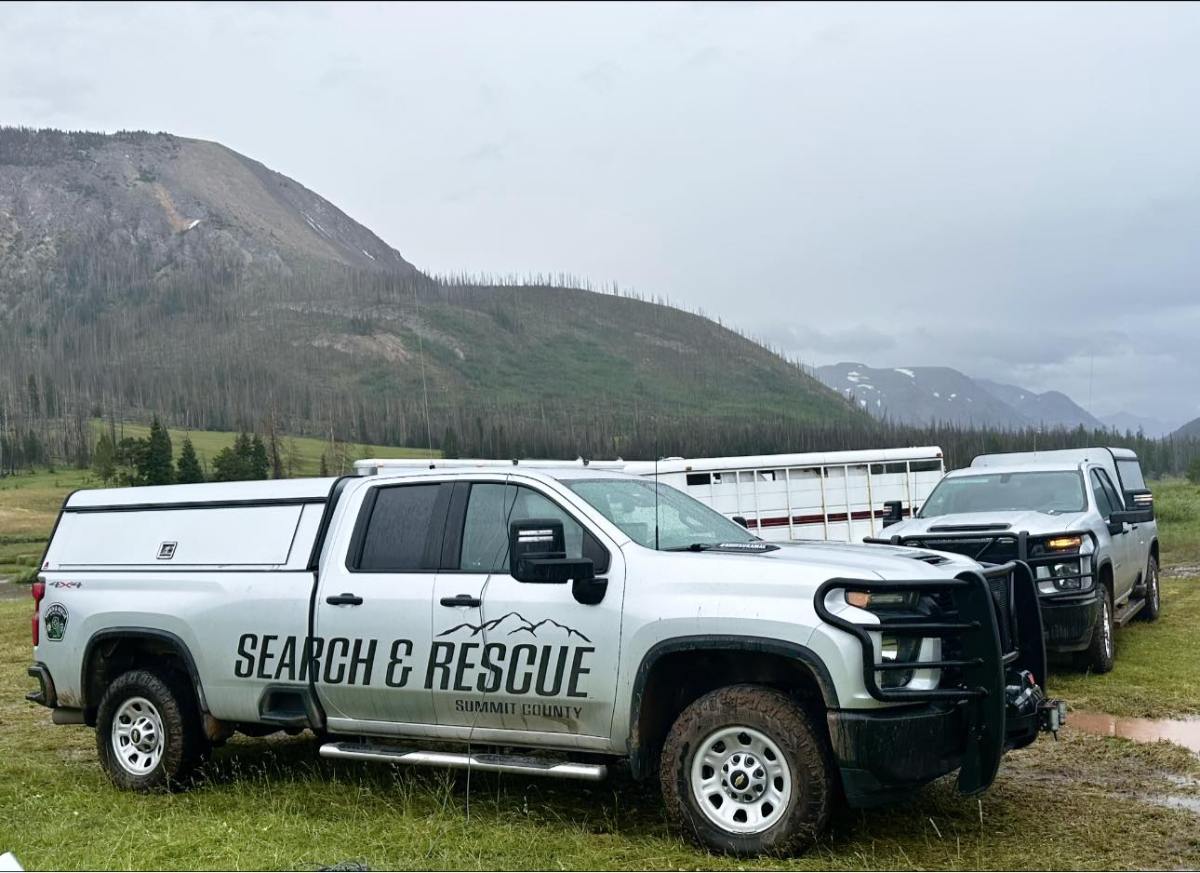About a dozen first responders camped out in the Uinta Mountains earlier this month to help find a young teen who had become separated from his family near the Highline Trail. At sunrise, they heard a whistle. Then, someone yelled.
Summit County Search and Rescue spotted the boy in good condition from the field they were surveying, and a Utah Department of Public Safety transported him to the trailhead. It was a harrowing experience for the family and one of more than a dozen calls fielded by the dedicated volunteers this summer — among the busiest seasons for the team.
There have been about 32 calls for service since June 1, and reports have only multiplied over the last three weeks, according to Sheriff’s Office Lt. Alan Siddoway, who runs the program. This summer is on par with previous years: Search and Rescue in 2023 responded to 46 events between June and August.
“We had what I would characterize as a slow shoulder season in between snowmobiling and people getting out and hiking, but it picked up around the first of June, and it stayed steady,” he said.
Search and Rescue operations were busy on Saturday throughout the Wasatch Back with volunteers asked to help with a missing man near Provo River Falls, a medical assist near Red Castle and a later one at Whitney Reservoir.
Some cases can be resolved quickly with only one to two volunteers responding, while others, like the missing 14 year old, require more manpower and additional resources.

New technology has made it easier to call for help and locate individuals. Still, it’s also contributed to an increase in the number of requests for aid due to miscommunications and non-life-threatening situations.
Loved ones concerned that someone isn’t back yet make many of the calls. Siddoway said the hiker usually underestimates the time it will take or is held up, so Search and Rescue leaves a message for the individual asking them to contact someone.
Siddoway said he would rather receive a call sooner rather than later, but there have been multiple calls in the past two weeks asking volunteers to search for people who weren’t in an emergency.
One report was made by a mother looking for her adult child, who was an experienced hiker with supplies. The woman insisted that Search and Rescue deploy resources only for the individual to show up less than 60 minutes later. Another was for a 22 year old who had only been gone for a few hours.
“I never want to discourage people from calling, but the response that they get from us and the answer they get from us may not be us immediately deploying resources,” Siddoway said.
Search and Rescue has also noted an uptick in the number of requests for emergency medical services in the backcountry, many in wilderness area designation zones where motorized vehicles and helicopters are prohibited.
The Sheriff’s Office partners with the Utah Department of Public Safety and the U.S. Forest Service for special permission to fly into the area when life or public safety is jeopardized. Yet Siddoway said there’s been a growing number of calls for minor injuries.
Recently a call came in where someone said they were unable to walk. Siddoway and his team weighed the options as they do with each report. Erring on the side of caution, they opted to dispatch resources only to discover the person had a sprain.
“When you have a sprained ankle, I’m very hesitant to deploy Search and Rescue, ground patrol or Mounted Patrol with the thought that it ties up that resource. Within an hour, we may have a missing child or a person that’s seriously injured,” Siddoway said.

He typically fields the calls and then relays the information to his commander and vice commander. The group has a roundtable discussion before deciding how to respond. It’s largely an informal operation, but Siddoway said there’s never a time when dispatch can’t reach someone.
There are 35 people on the Search and Rescue team. There weren’t any newbies this season, though Siddoway said several applications are pending. He estimated about half of the members have been there for five or more years. Past concerns about commitment and retention are no longer an issue.
“It wasn’t luck. It comes from the heart and soul of these volunteers,” he said. “I’m getting close to 40 years in this business, and I still stand in awe at the heart of the men and women of Search and Rescue. I stand in awe of these men and women who sacrifice so much to help a person they don’t even know.”
There have been more than 50 calls for service in total this year and at least a dozen community outreach and training events. Requests are historically highest in January and August.
More than 90% of people calling for aid do not reside in Summit County. Voters in November will be asked to decide whether to implement a new sales tax that would be used to cover the costs of emergency services.

